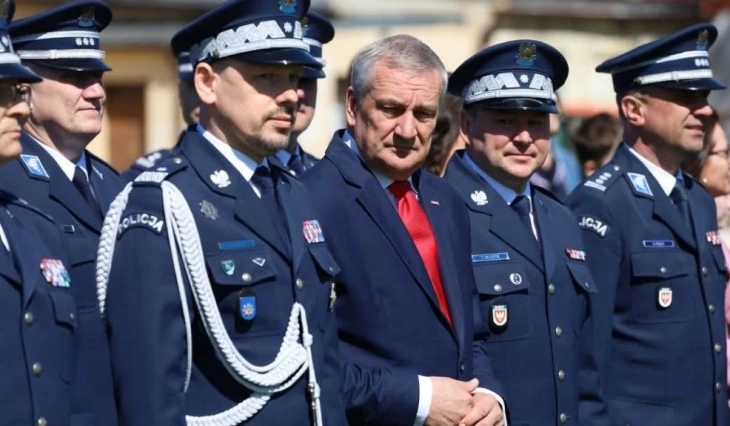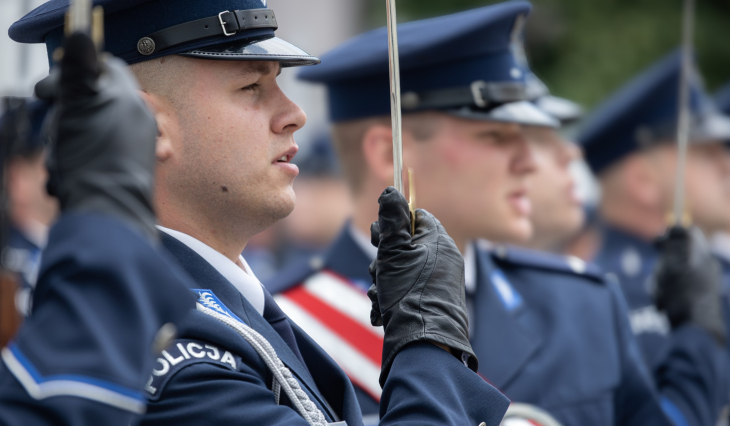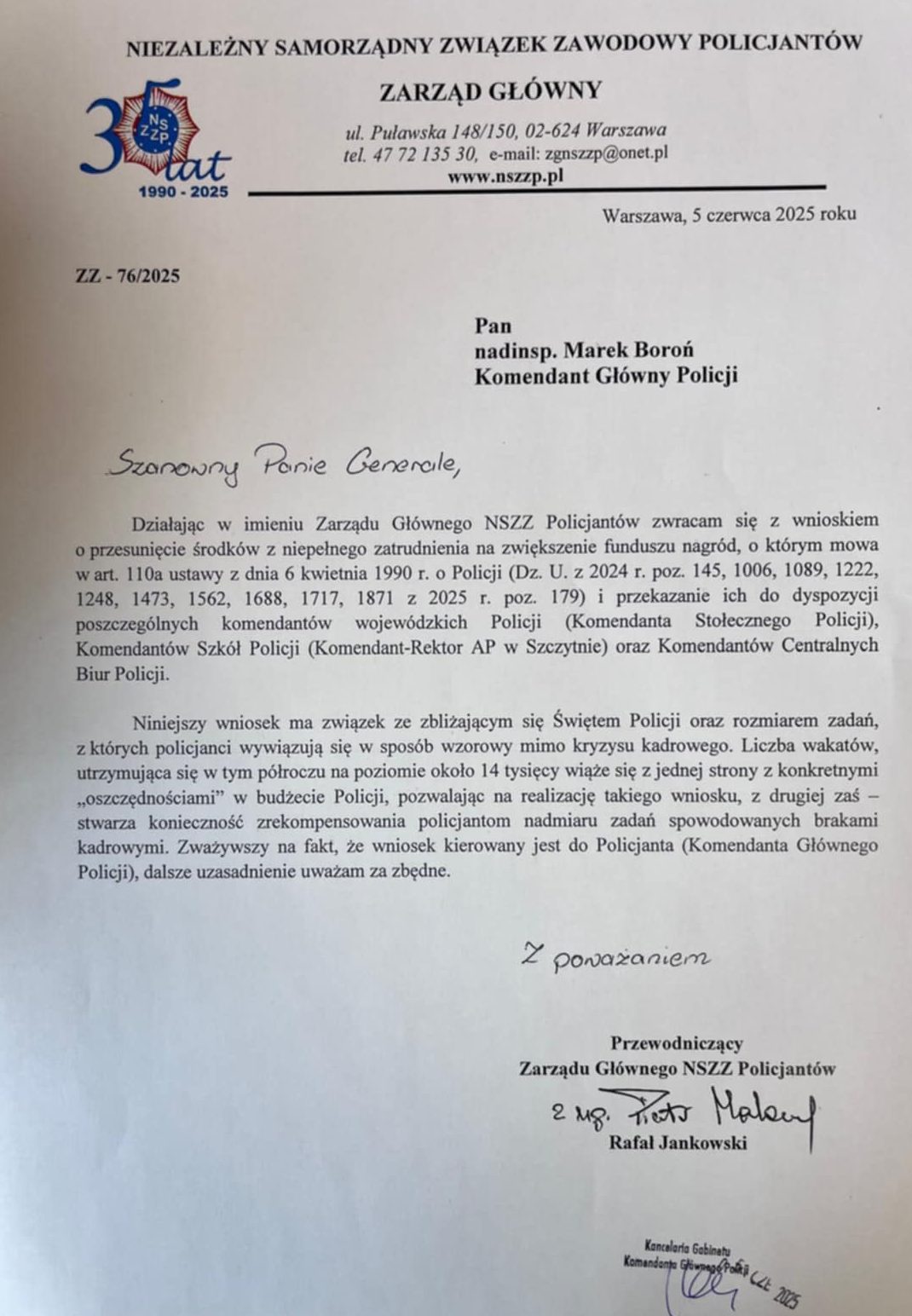
DALLAS- Ever sit in your airplane seat wondering why these massive flying machines crawl so slowly on the ground? It’s pretty funny when you think about it! These giant metal birds can zoom through the sky at 500+ mph but on the ground? They move like turtles!
Most planes taxi at just 20 to 30 knots (about 23 to 35 mph). That’s slower than most neighborhood speed limits! And it gets even better – when making turns or in foggy weather, pilots slow down to about 10 knots. Your morning jogger could practically race them!
Despite Southwest Airlines’ (WN) zippy reputation, its pilots follow the same slow-motion rules as everyone else. As Boeing 737 First Officer Morgan Smith confirms, virtually all airlines worldwide adhere to the “30 knots or less” club.
So next time you’re inching toward the runway, remember: your pilot isn’t trying to make you miss your connection – they’re just following the airport’s version of speed limits. Apparently, “hurry up and wait” applies to jumbo jets, too!
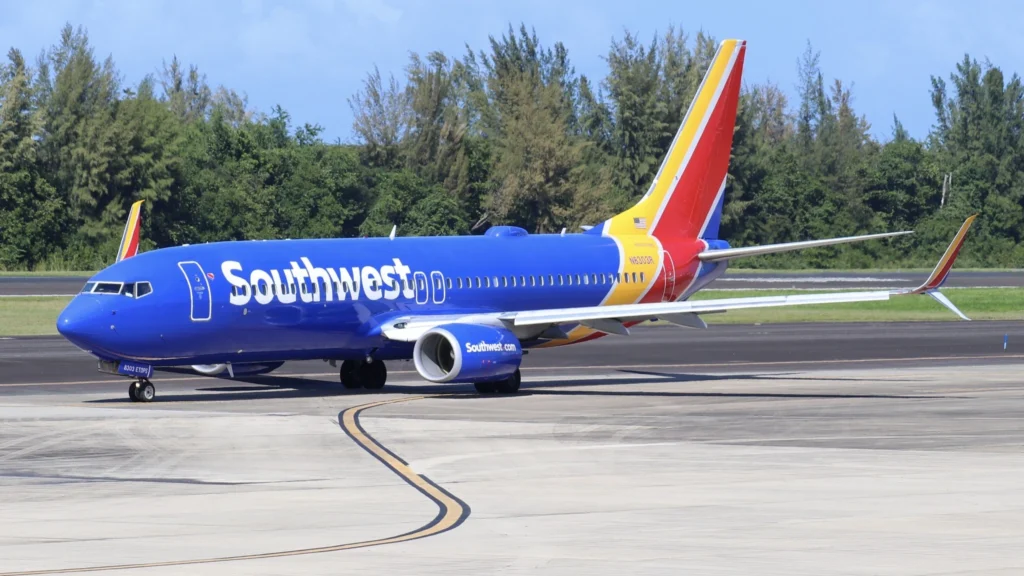 Photo: Tim | Flickr
Photo: Tim | FlickrSouthwest Aircraft Taxi Operations Explained
Commercial aircraft navigate complex airport environments using several sophisticated systems. The primary controls for ground movement include-
The tiller, predominantly on the captain’s side of the flight deck in narrow-body aircraft, controls the nosewheel’s direction. This instrument enables precise steering and is particularly valuable during tight maneuvers.
Widebody aircraft typically feature tillers on both sides of the flight deck. Most airline standard operating procedures prohibit tiller use above specific speeds, typically between 20 and 30 knots.
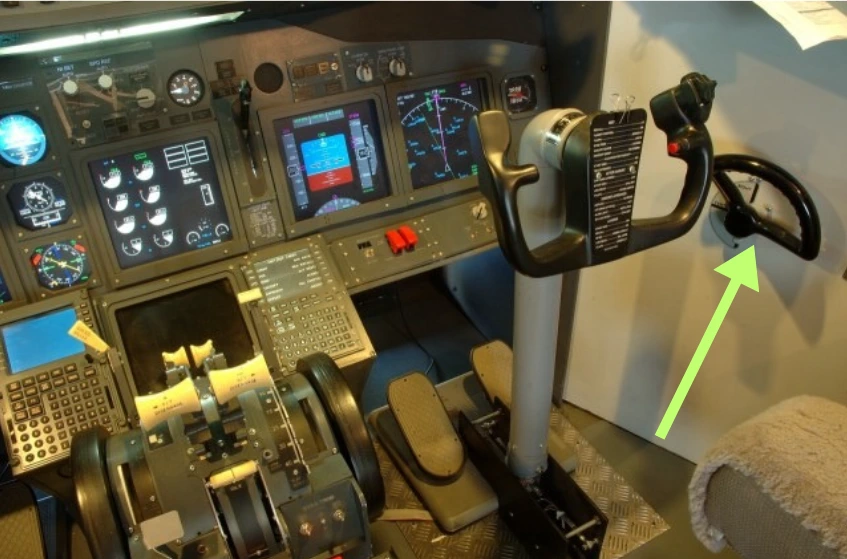 Boeing 737 Tiller; Photo- Etsy; Edited by Aviation A2Z
Boeing 737 Tiller; Photo- Etsy; Edited by Aviation A2ZRudder Control
The rudder, located on the trailing edge of the vertical stabilizer, helps control directional movement. When activated, the airflow creates a force that pushes the tail in the opposite direction, moving the nose toward the intended direction. The principle resembles automotive steering.
Thrust Management
While engines provide the primary propulsion, pilots apply minimal thrust during taxiing to conserve fuel. Most airlines prefer single-engine taxiing when possible, which reduces fuel consumption and enhances safety by lowering the risk of engine ingestion incidents when approaching gates.
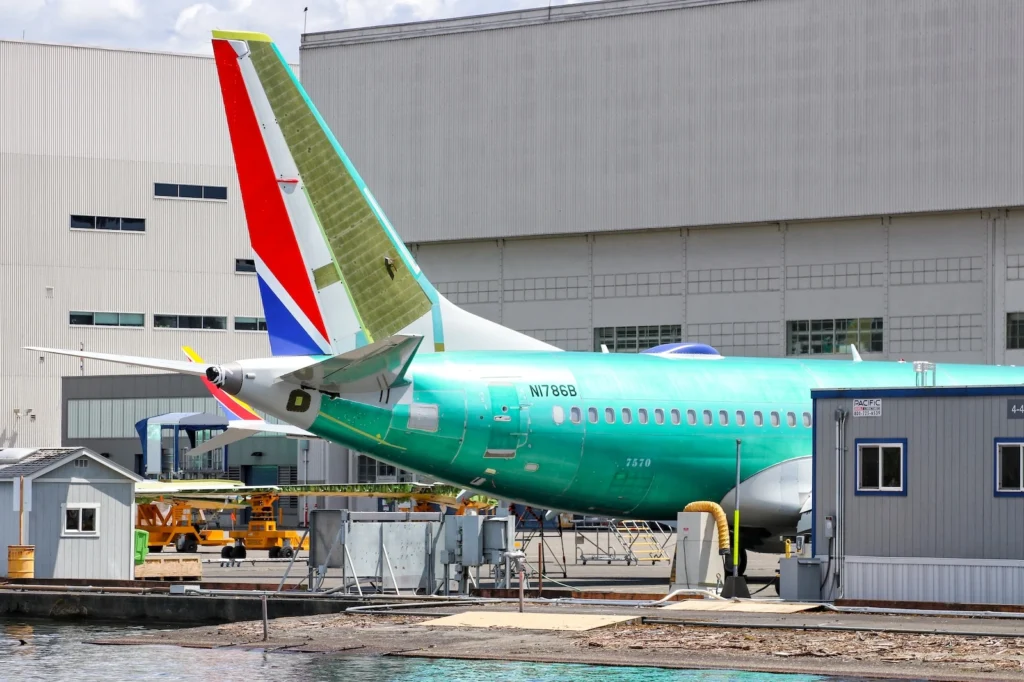 Boeing 737 Max Rudder; Photo- Katie Zera; Wikimedia Commons
Boeing 737 Max Rudder; Photo- Katie Zera; Wikimedia CommonsAirport Navigation Methods
Pilots navigate busy airfields using four primary resources:
- Air Traffic Control provides clearance instructions
- Airport layout diagrams available on Electronic Flight Bags
- Taxiway signage with letter and number designators
- Surface movement radar that tracks ground movements
How Flight Operations Affect Taxi Behavior
According to Cirium aviation analytics, Southwest’s 737 aircraft typically perform three to four shorter flights daily. This operational model means Southwest (WN) pilots often spend proportionally more time on the ground than crews operating long-haul routes.
With the airline’s focus on point-to-point service, efficient ground movement becomes crucial for maintaining schedules.
Taxi time significantly impacts on-time performance, particularly for shorter flights where quicker ground movement can compensate for delays. Southwest pilots frequently perform several quick turnarounds daily and have been observed taxiing near the 30-knot limit.
In contrast, pilots from legacy carriers with more generous turnaround times typically taxi at more moderate speeds within the standard threshold.
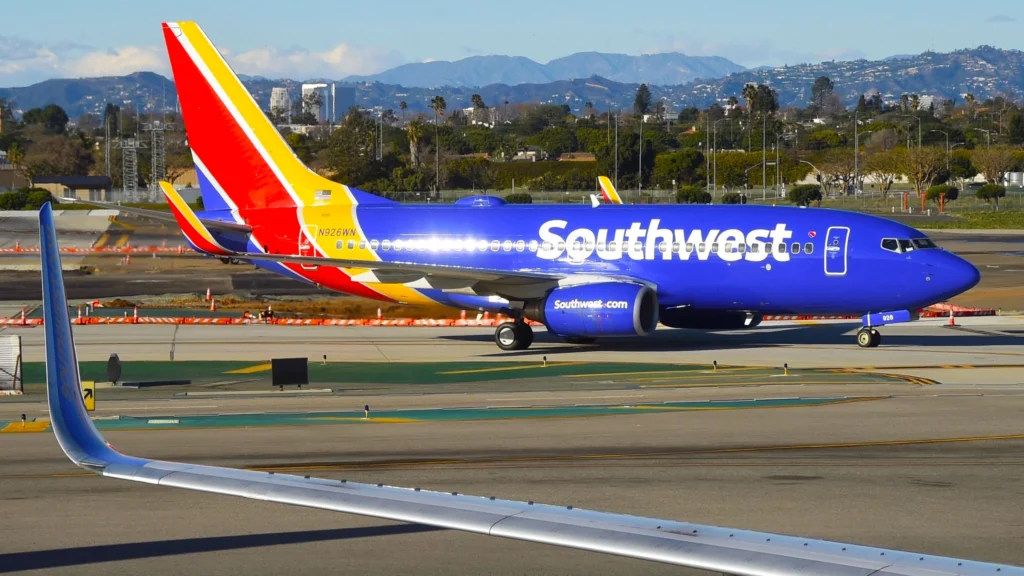 Photo: Aero Icarus | Flickr
Photo: Aero Icarus | FlickrNarrowbody vs. Widebody Taxi Operations
Widebody aircraft typically taxi more slowly than narrowbody jets due to several factors. Their greater size, weight, and wingspan require more cautious maneuvering, particularly on smaller taxiways and in gate areas.
The larger tires on widebody aircraft also influence taxi speeds, as prolonged high-speed taxiing can cause tire overheating, especially at major international airports with longer taxi routes.
Tire Temperatures
Maintaining taxi speeds below 30 knots helps prevent brake overheating, which is particularly crucial after summer landings. During landing roll-out, brakes absorb tremendous kinetic energy that converts to heat. Any additional braking while taxiing further increases brake temperatures.
If an aircraft is scheduled for a quick turnaround and ambient temperatures are high, overheated brakes could delay the next departure. This occurs because brakes must cool to specific minimum temperature thresholds before takeoff is permitted. Some Airbus A320 variants come equipped with specialized brake cooling fans specifically designed to address this issue.
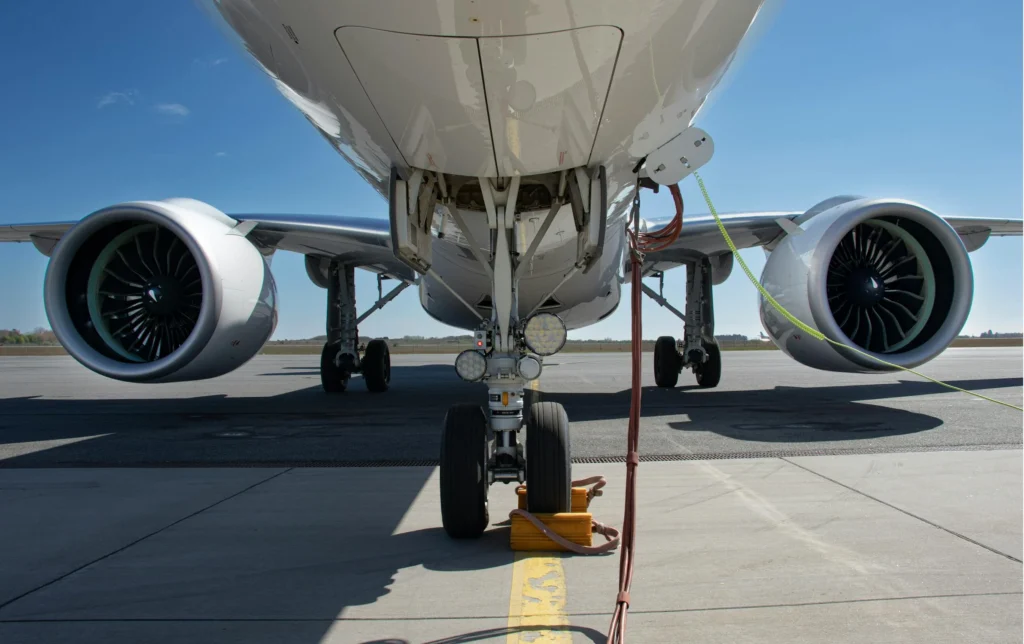 Airplane Tires | Photo- Pexels
Airplane Tires | Photo- PexelsWeather
In adverse weather conditions, pilots must reduce taxi speeds below the standard 30-knot maximum. On taxiways affected by snow, ice, slush, or other contaminants, speeds are restricted to 10 knots or less to prevent skidding, particularly of the nose wheel during turns. The same speed limitation applies during foggy conditions with poor visibility.
Airlines also require the use of both engines while taxiing in wet or icy conditions, rather than the fuel-saving single-engine approach typically preferred. This dual-engine operation provides better directional control and balanced thrust, preventing situations where turns become difficult due to inefficient thrust vectors from an inboard engine and reducing potentially dangerous jet blast effects on slippery surfaces.
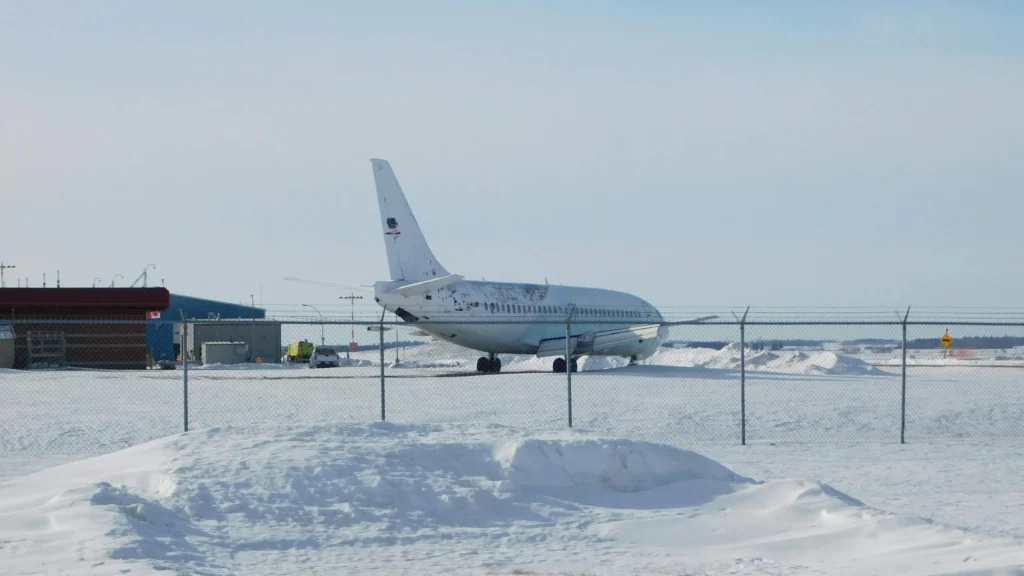 Photo- Pexels
Photo- PexelsAirport Rules
Individual airports sometimes enforce specific taxi speed limits on particular taxiways. These restrictions are typically communicated to pilots through Notices to Air Missions (NOTAMs) with instructions such as “TXWAY Q LIMITED TO AIRCRAFT TAXI SPEEDS LESS THAN 10KTS.”
Various factors necessitate these limitations, including uneven pavement surfaces, nearby construction activities, sharp turns, or other operational concerns.
Bottom Line
While most pilots keep their taxi speeds below the standard 30-knot limit, there’s always that one overachiever—Southwest Airlines (WN)—zipping around like it’s late for a hot date.
In low visibility, bad weather, or nighttime conditions, speeds drop to a cautious 10 knots (about the pace of a very determined jogger). But generally, the 30-knot rule is the gold standard.
Stay tuned with us. Further, follow us on social media for the latest updates.
Join us on Telegram Group for the Latest Aviation Updates. Subsequently, follow us on Google News
Southwest Flight Delayed as Passenger Strips, Demands Exit
The post Southwest Pilot Breaks Down Aircraft Taxi Speed Limits appeared first on Aviation A2Z.












